Newly Diagnosed: Taking the First Step on Your Journey
Becoming educated is a good place to start on your journey with spinal muscular atrophy (SMA). Whether you are a patient or a caregiver, knowing as much as possible about the disease will help you be a more active participant in your or your loved one’s healthcare. Learn more below about SMA, its causes, symptoms, and how it’s diagnosed.
[ca-sidebar id=”71834″]
Overview
SMA is an autosomal recessive neurodegenerative disease characterized by progressive muscle weakness caused by the loss of specialized nerve cells called motor neurons in the spinal cord and the part of the brain connected to the spinal cord. The loss of motor neurons leads to weakness and atrophy in these muscles. Fundamental activities using muscles, such as walking, sitting up, controlling head movement, breathing, and swallowing can be affected by the disease.
Types
There are several types of SMA, based on the affected gene, the patient’s age at disease onset, and severity of symptoms. Knowing the type of SMA can help to predict the course of the disease and determine treatment options. However, each patient should be considered individually, as the progression and symptoms can vary within a given type.
Causes
SMA is a genetic disease, meaning that it runs in families, and it is passed from parents to their children through their genes. The most common types of SMA (0, 1, 2, 3 and 4) are associated with a mutation in the SMN1 gene, while other types are associated with mutations in genes such as VAPB, DYNC1H1, and UBA1. When two people carrying a mutation in their SMN1 gene have a child together, their child has a risk of carrying two faulty copies of the gene.
Symptoms
The most common symptoms in most types of SMA are muscle weakness and decreased gross motor skills, impaired mobility, breathing problems, problems swallowing, and scoliosis (curvature of the spine). However, age of onset and severity of the symptoms vary among the different types of SMA, with some types linked to milder symptoms than others.
Diagnosis
A clinician may suspect a child has SMA when there are early symptoms, such as noticeable weakness or a delay in meeting certain developmental milestones. A diagnosis starts with a physical examination and family history. Other tests may include electromyography, muscle biopsy, six-minute walk test, and genetic testing, the latter of which is the most accurate way to confirm a diagnosis.
Living With SMA
As a result of the muscle weakness that results from the disease, living with SMA can affect the life of patients and their families in many different ways, from nutrition to travel, and they may need specialized equipment to support them along the way. Learning about these different challenges and ways to cope with them can help patients and their caregivers manage everyday activities and maintain quality of life.
[ca-sidebar id=”71835″]






